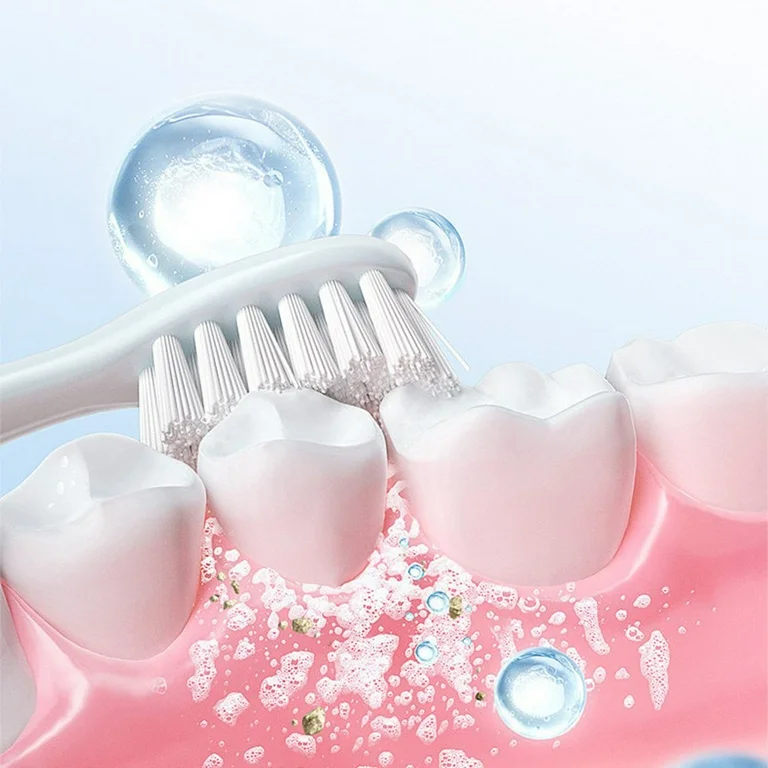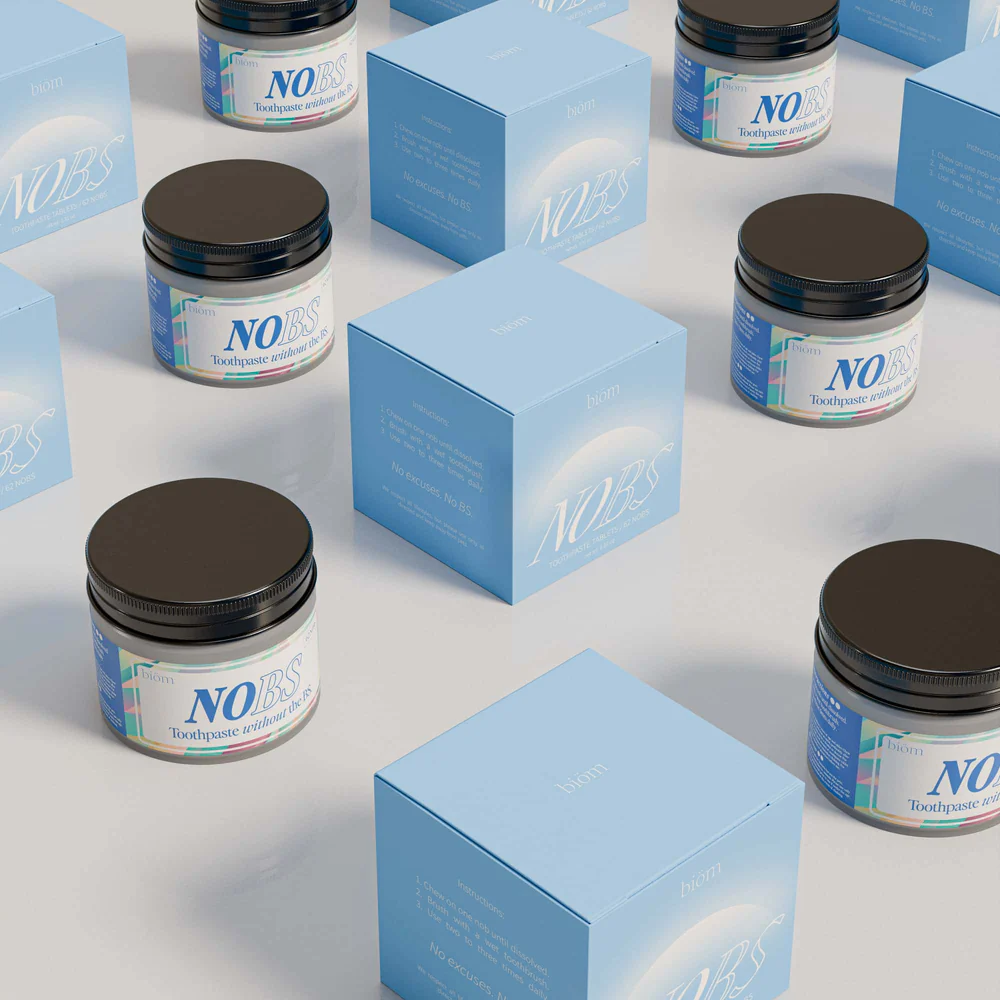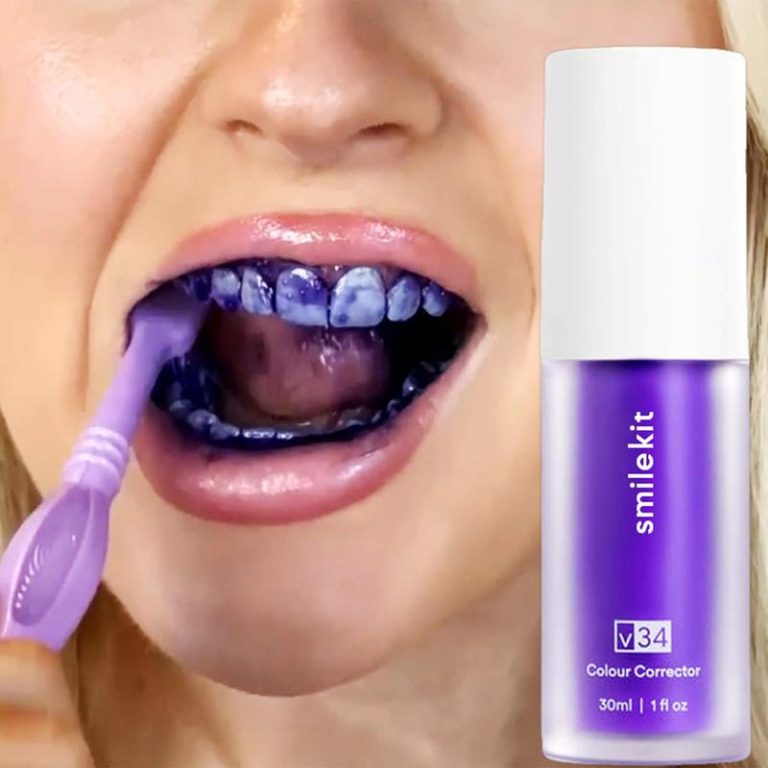
Gluten-Free Toothpaste: A Guide for Celiac Safe Oral Care
Introduction: Necessity of Gluten-Free Oral Care Products
Gluten sensitivity concerns millions globally, especially those with celiac disease. Ensuring everyday products, like toothpaste, are gluten-free is critical for their health. Gluten in toothpaste is a reality, often hidden in stabilizers and thickeners. While many may overlook this fact, for someone sensitive to gluten, it’s a significant detail. Ingesting the smallest amount of gluten, even inadvertently through toothpaste, can trigger reactions in people with celiac disease or gluten intolerance. By highlighting this issue, we aim to inform and guide individuals seeking gluten-free oral care options.
For celiac sufferers, gluten-free toothpaste is not a trend but a necessity. It prevents health complications and discomfort after brushing. Gluten-free oral care is also key for peace of mind, allowing these individuals to maintain their oral hygiene without fear of gluten exposure. As gluten-free living becomes more mainstream, more brands cater to these needs. Our guide is designed to navigate the world of gluten-free toothpaste, reassuring the gluten-sensitive community that safe options are available.

Understanding Gluten in Toothpaste
Gluten often forms part of toothpaste ingredients. This substance acts like glue, helping the paste maintain its consistency. It’s derived from wheat or related grains, which makes it a concern for some users.
The Role of Gluten in Toothpaste Composition
Gluten, a sticky protein found in many products, serves a key role in toothpaste. It thickens and stabilizes the paste. However, not everyone can handle gluten. Since we all ingest small amounts of toothpaste, those with gluten-related disorders must stay vigilant.
Implications for Celiac and Gluten-Sensitive Individuals
For celiac disease sufferers, even a tiny amount of gluten matters. Gluten in toothpaste, when swallowed, could trigger symptoms. These include pain, rashes, or dental health issues. Gluten-sensitive people, not just those with celiac disease, might also feel better using gluten-free toothpaste. Always check labels and choose trusted gluten-free brands to avoid health risks.
Identifying Gluten-Free Toothpaste Brands
Identifying gluten-free toothpaste is important for those with celiac disease or gluten intolerance. Fortunately, there are several brands that have recognized the need for gluten-free oral care products and have adjusted their formulations accordingly.
Popular Gluten-Free Toothpaste Options
Here are some of the brands offering gluten-free toothpaste options:
- Crest – Crest confirms that all their toothpaste products are free from gluten.
- Colgate – Colgate states their products are gluten-free and take measures to prevent cross-contamination.
- Tom’s of Maine – Offers a full range of gluten-free toothpaste products.
- Aquafresh – While their toothpaste doesn’t contain gluten directly, they do not guarantee against cross-contamination.
- Sensodyne – Provides gluten-free toothpaste but also does not assure no cross-contamination.
- Arm & Hammer – Verifies that their toothpaste is gluten-free.
- Desert Essence – These toothpaste options are gluten-free and fluoride-free.
- Jason Toothpaste – Features gluten-free and kosher-certified toothpaste options.
While choosing a brand, it’s crucial to understand that prices may vary, and gluten-free toothpaste might cost slightly more. Additionally, always ensure to verify the labeling and packaging for any updates on ingredients or formulations.

Tips for Avoiding Cross-Contamination Concerns
To further ensure safety, consider the following tips:
- Check for Certifications – Look for toothpaste that has gluten-free certifications or statements on the packaging.
- Inquire about Manufacturing Processes – Contact the manufacturer if you have concerns about their production lines and cross-contamination protocols.
- Dentist’s Products – Inform your dentist of your gluten-free needs to avoid exposure during dental visits.
- Keep Updated – Stay informed about brand changes, as companies occasionally alter their formulas.
By paying attention to these details, you can better protect yourself against gluten exposure in toothpaste.
Reading Labels and Recognizing Safe Ingredients
Reading ingredients is vital when choosing gluten-free toothpaste. Many brands list their ingredients clearly, making it easier to identify safe options. Below are strategies for interpreting toothpaste labels.
Key Ingredients to Look for in Gluten-Free Toothpaste
When scanning the label, look for gluten-free claims and specific non-gluten thickeners. Ingredients like cellulose gum or xanthan gum (from a gluten-free source) are safe bets. Avoid toothpaste with wheat flour or gluten-derived components. Some labels may list ‘natural flavors’, which could be vague. In such cases, further investigation is needed to ensure they are not gluten-based.
To be certain, choose products that state they are ‘gluten-free’. This claim suggests that the product has been formulated without gluten-containing ingredients. Plus, avoid products with generic terms like ‘starch’ unless they specify it is gluten-free. Ingredients such as calcium carbonate, silica, and glycerin are commonly used in gluten-free toothpaste and are safe to use.
How to Interpret Ambiguous Ingredients on Labels
Some ingredients are not clearly gluten-related. For example, ‘natural flavors’ could mean anything from plant extracts to wheat derivatives. If an ingredient seems ambiguous, contact the manufacturer for clarification. Manufacturers often provide information about their sourcing and processes to reassure consumers.
Keep an eye for ‘modified food starch’. This can be derived from corn or wheat. If not specified as gluten-free, it’s safer to avoid. Xanthan gum can also be tricky. While usually gluten-free, it can sometimes derive from wheat. Again, unless labeled gluten-free, it’s best to be cautious.
Ingredients such as sorbitol may also raise concerns due to their possible grain-based origin. Remember, a cautious approach often leads to safer choices. Your best defense is an informed decision based on clear labeling, certifications, and direct communication with toothpaste brands.

The Importance of Gluten-Free Certification
Gluten-free certification is crucial. It gives confidence that products are safe for those with celiac disease. Certification involves rigorous testing and ensures that a product meets strict gluten-free guidelines.
Challenges with Non-Food Gluten-Free Labeling
Labeling non-food items like toothpaste as gluten-free poses challenges. The term “gluten-free” is not always regulated for non-food products. This means, labels might mislead. Ensuring accuracy in labeling requires greater oversight and clear standards.
How to Ensure Toothaste Meets Gluten-Free Standards
To be sure toothpaste is gluten-free, look for certifications. Trusted organizations confirm products meet gluten-free criteria. Contact manufacturers and ask about their gluten-free processes. Check for updates on ingredients, and always read labels carefully before buying.
Additional Considerations for Oral Health and Celiac Disease
Those with celiac disease face unique challenges in oral health. Nutrient absorption issues can impact the health of teeth and gums. It is vital to choose toothpaste that not only avoids gluten but also supports overall dental well-being.
How Oral Health Is Affected by Celiac Disease
Celiac disease can lead to dental issues like enamel defects, mouth ulcers, and delayed tooth eruption. Malabsorption of nutrients weakens teeth. Ensure toothpaste serves the dual purpose of being gluten-free and promoting enamel strength. Regular dental check-ups and a strict gluten-free diet help manage these risks.
Choosing Toothpaste with Both Gluten-Free and Oral Health Benefits
Opt for toothpaste brands that ensure gluten-frees ingredients and enhance oral health. Look for added calcium, fluoride, and a neutral pH balance. These elements support strong teeth and healthy gums. Confirm the toothpaste is both gluten-frees certified and recommended by dental professionals. This consideration is crucial for maintaining oral health while managing a gluten-free lifestyle.
Navigating the world of gluten-free oral care need not be daunting. For those with celiac disease, it’s a crucial step to maintaining overall health. By arming oneself with knowledge of what to look for in toothpastes ingredients, understanding the importance of gluten-free certification, and choosing brands that are committed to providing safe products, individuals can confidently care for their oral health without risking gluten exposure.
Most major toothpastes brands now offer gluten-free options, understanding the importance for a growing number of consumers. From Crest to Colgate, and specialty brands like Tom’s of Maine, consumers have a variety of choices. While reading labels and recognizing safe ingredients might seem tedious, it empowers you to make informed decisions about your health.
It’s worth noting that gluten-free toothpastes often comes with additional oral health benefits, such as enamel protection and essential vitamins added to the mix. These products not only prevent gluten-related reactions but also promote a healthier mouth.
To sum up, always verify gluten-free claims by checking back regularly with brands, as formulations can change. Remember to inform your dentist about your gluten sensitivity as well, ensuring that all products used in your oral care are safe.

Conclusion
In today’s health-conscious society, many individuals are vigilant about gluten in their diets. However, it is equally crucial to be aware of gluten in personal care products, such as toothpaste. Understanding whether toothpaste contains gluten can help prevent reactions in sensitive individuals.
Most mainstream toothpaste brands are formulated to be gluten-free. The majority of their ingredients do not derive from wheat or other gluten-containing grains. Nevertheless, some brands may use flavorings or additives that might introduce gluten. It is vital to read the ingredient list thoroughly to identify potential sources of gluten. Transitioning to a specific brand that emphasizes being gluten-free can eliminate any doubt.
In addition to ingredient lists, many companies are now labeling their products clearly. Look for toothpaste that is marked “gluten-free” or carries certifications from reliable organizations. Seeking out these labels can facilitate a safer selection. Always verify the manufacturer’s information on their website, as formulations may change over time.
For those with celiac disease or gluten sensitivity, consulting a healthcare provider can provide personalized recommendations. Professionals can offer insights into oral care products that align with dietary needs. Additionally, joining support groups can provide valuable information and shared experiences about gluten-free oral care.
In summary, choosing gluten-free toothpaste is possible with a little research and attention to detail. By reading labels and selecting reputable brands, individuals can maintain oral health without compromising dietary restrictions. Staying informed ensures that personal care products align with overall wellness goals.

